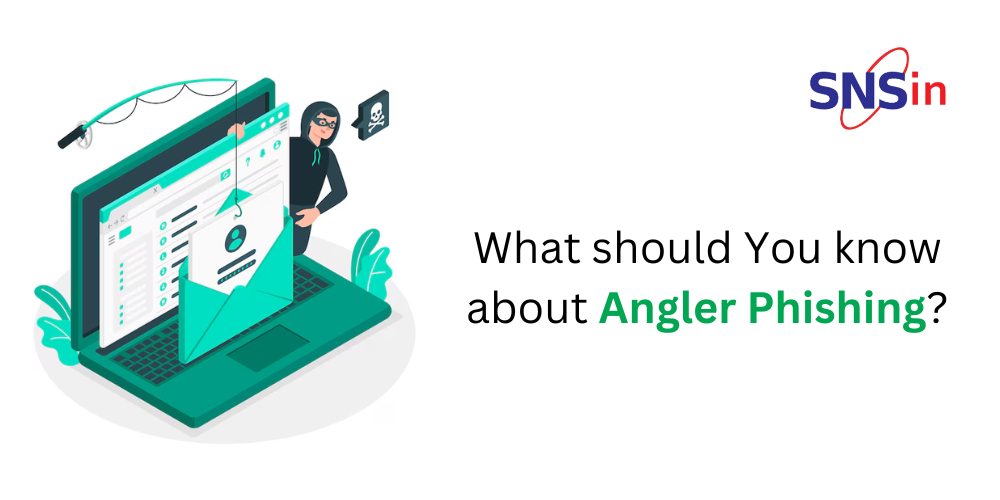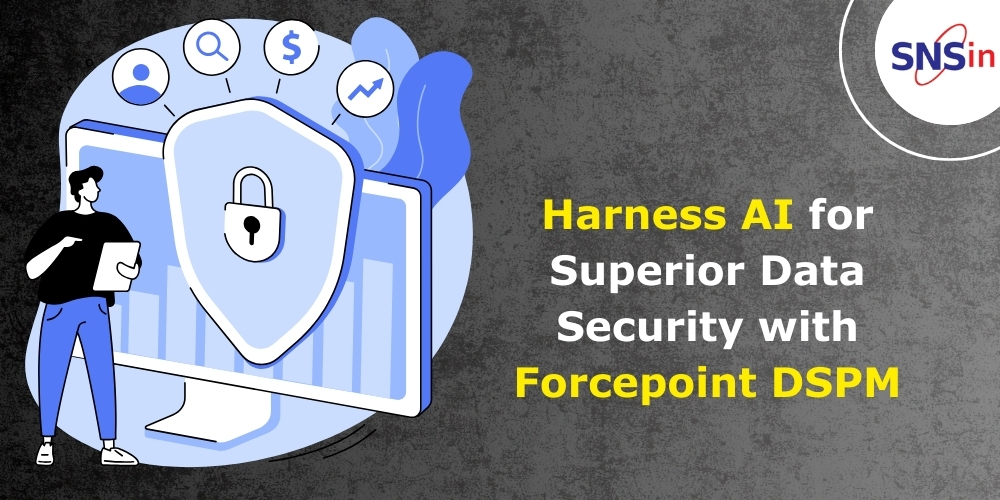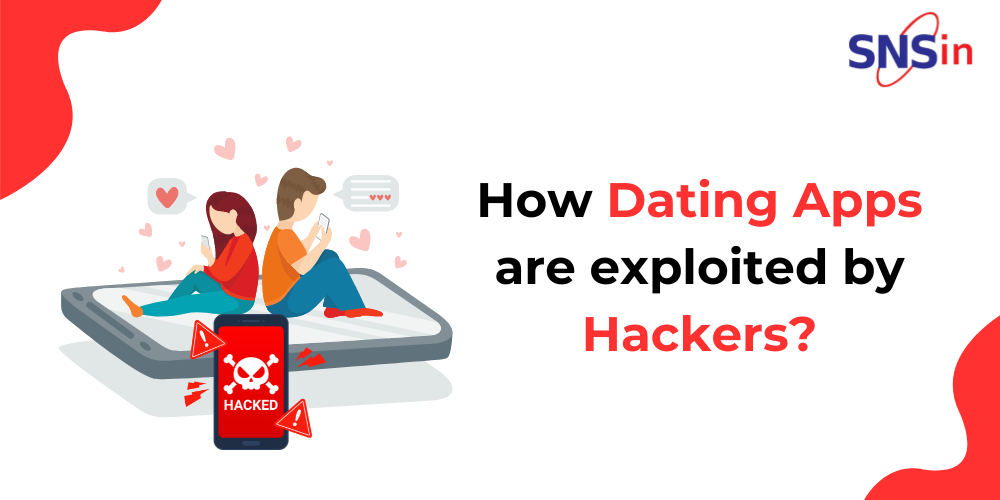Phishing remains a major cybersecurity threat, even with recognizable techniques. A more advanced variant, Angler Phishing, is particularly dangerous.
This blog explores Angler Phishing, its methods, how to protect yourself & your organization.
Understanding Angler Phishing
Unlike typical mass phishing emails, Angler Phishing uses targeted social engineering to trick specific victims. This focused approach makes them more deceptive and harder to detect.
How Angler Phishing Works?
The modus operandi of Angler Phishing attacks involve the following stages:
Reconnaissance
Cybercriminals leverage social media, company websites, & public databases to gather details on targets. This intel is then used to craft personalized phishing attempts, making them more believable. It increases the success rate.
Lure Creation
Armed with this intel, cybercriminals craft phishing scams that impersonate trusted sources. They use familiar logos, brands & messaging to trick victims into taking desired actions.
Delivery
Cybercriminals leverage their intel to craft personalized phishing messages that align with the victim’s interests & habits. This targeted approach increases success rates and makes detection trickier.
Exploitation
If victims fall for the scam & interact with the phishing attempt, cybercriminals achieve their goals. It involves stealing passwords or financial data, infecting devices with malware, or even carrying out fraudulent transactions.
Protecting Against Angler Phishing Attacks
Combating Angler Phishing requires a multi-layered approach. It includes technical protections, user awareness, and incident preparedness.
Employee Training and Awareness
To counter Angler Phishing, train employees to:
- Spot suspicious messages (emails, social media, connection requests).
- Be wary of unfamiliar communication and verify confidential information requests.
Implement Multi-Layered Security Controls
- Email filtering and anti-malware to block malicious content.
- Multi-factor authentication, web filtering, and endpoint protection for additional defence.
Conduct Regular Security Assessments
Regularly assess your security posture with:
- Vulnerability assessments
- Penetration testing
- Phishing simulations
This helps identify and fix weaknesses before cybercriminals exploit them.
Stay Informed About Emerging Threats
- Track threat intelligence and security advisories.
- Learn about common attack vectors and methods used by cybercriminals.
This knowledge helps you stay ahead of evolving threats like Angler Phishing.
Foster a Culture of Security Awareness
- Shared responsibility for cybersecurity across all levels.
- Open communication and reporting of suspicious activity.
This enables swift response to potential threats.
Conclusion
Angler Phishing poses a serious threat, but it’s not invincible. Here’s how to fight back:
- Train employees to spot suspicious messages and verify information requests.
- Implementing email filtering, anti-malware, multi-factor authentication & other security measures.
- Regularly assess your security posture through vulnerability assessments, penetration testing, and phishing simulations.
- Track threat intelligence and learn about common attack vectors used by cybercriminals.
- Foster a culture where everyone shares responsibility for cybersecurity and reports suspicious activity.
By combining these elements, we can reduce the risk of falling victim to Angler Phishing.
Secure Network Solutions (SNS) conducts Cybersecurity Awareness Training Workshops to Companies. Reach out to us via [email protected]
Swathi
Author
Working IT professional and a Cyber Security enthusiast. Passionate to write about Cyber Security topics and Solutions. I share my insights as I study articles and trending topics in the field of Cyber Security.
![]()




